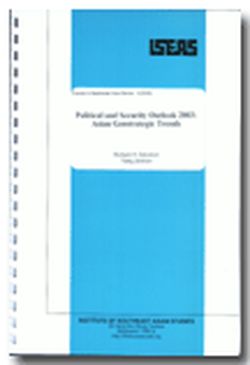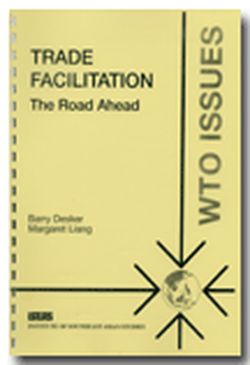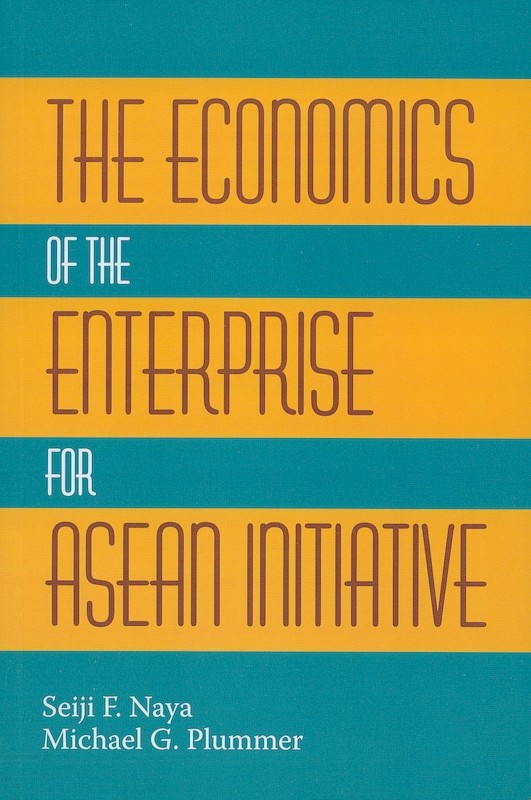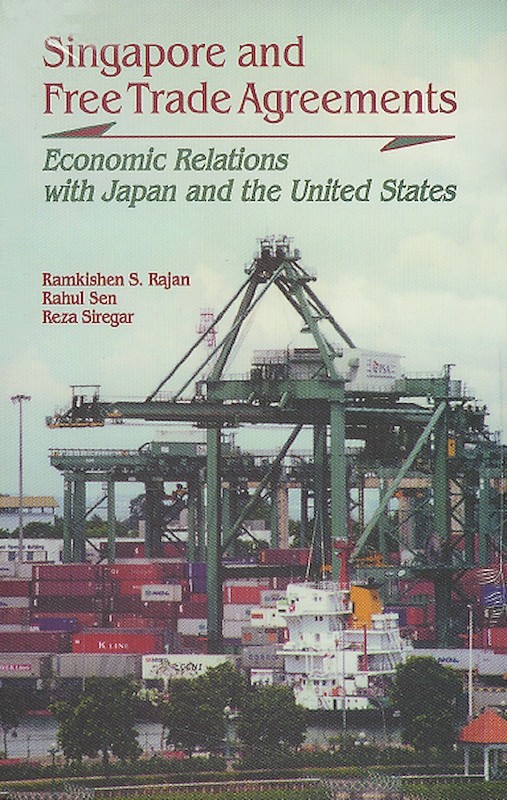Free Trade Agreements in Southeast Asia
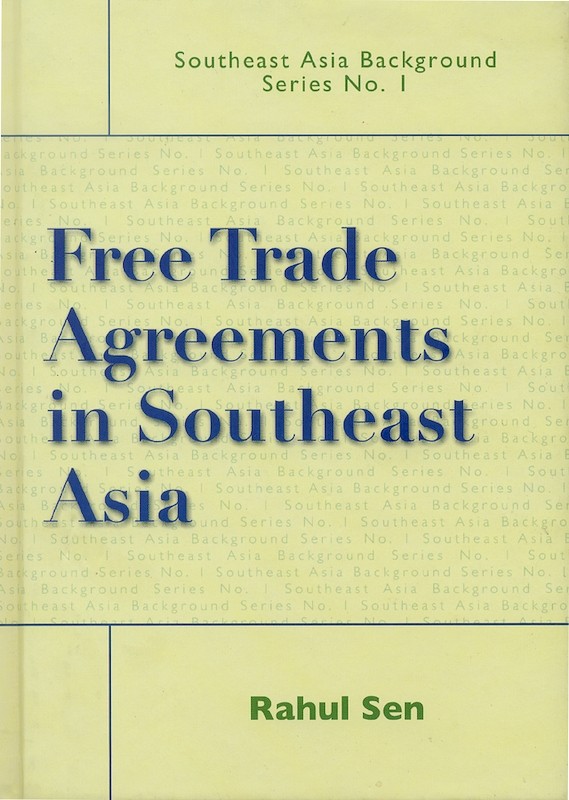
About the publication
Free Trade Agreements (FTAs) are often considered as one of the building blocks for regional economic integration. They specify a set of rules or standards that govern trade among the members who are signatories to these agreements. However, by definition, FTAs tend to be discriminatory and are often considered to be hindering rather than facilitating the goal of achieving global free trade. In the context of Southeast Asia, consumers and businesses must understand in what way a bilateral FTA might affect them, given that this is hitherto an unknown trend to most of the region.
This book attempts to create a conceptual understanding on the features and benefits of FTAs proliferating in Southeast Asia. It focuses on the debate of whether such FTAs are a building or stumbling block towards achieving global free trade. The book details the concluded as well as ongoing FTA initiatives of Singapore, highlighting the benefits to the Singapore economy. It further details the other ongoing ASEAN-wide FTA initiatives, both at the bilateral and regional levels, and analyses their implications for the economies of Southeast Asia. The book observes that it is important to understand the exact nature of the gains from trade when entering into such agreements, given their wide scope and diverse nature.
This is the first book in the ISEAS Southeast Asia Background Series.
Table of Contents
Preliminary pages
1. Features of FTAs
2. Singapore's FTAs with New Zealand and Australia
3. Singapore's FTAs with Japan and EFTA
4. Singapore's FTAs with the United States
5. Ongoing Individual Country FTA Initiatives
6. Ongoing ASEAN-wide FTA Initiatives: China, Australia/New Zealand, Japan, and India
7. Possible Benefits of FTAs for Southeast Asia
Postscript
Selected References
This book attempts to create a conceptual understanding on the features and benefits of FTAs proliferating in Southeast Asia. It focuses on the debate of whether such FTAs are a building or stumbling block towards achieving global free trade. The book details the concluded as well as ongoing FTA initiatives of Singapore, highlighting the benefits to the Singapore economy. It further details the other ongoing ASEAN-wide FTA initiatives, both at the bilateral and regional levels, and analyses their implications for the economies of Southeast Asia. The book observes that it is important to understand the exact nature of the gains from trade when entering into such agreements, given their wide scope and diverse nature.
This is the first book in the ISEAS Southeast Asia Background Series.
Table of Contents
Preliminary pages
1. Features of FTAs
2. Singapore's FTAs with New Zealand and Australia
3. Singapore's FTAs with Japan and EFTA
4. Singapore's FTAs with the United States
5. Ongoing Individual Country FTA Initiatives
6. Ongoing ASEAN-wide FTA Initiatives: China, Australia/New Zealand, Japan, and India
7. Possible Benefits of FTAs for Southeast Asia
Postscript
Selected References
Contents
-
Free Trade Agreements in Southeast Asia



